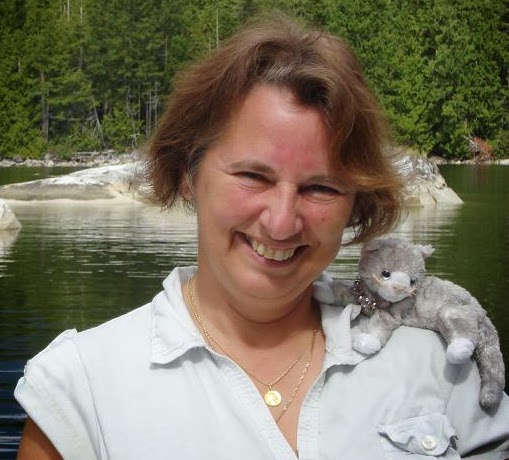 For the benefit of all—NASA motto
For the benefit of all—NASA motto
In honor of NASA’s 50th anniversary, I wanted to post some awesome pictures of our Planet Earth as seen through the perspective of our astronauts and give you a summary history of this worthwhile program. I must confess that since I was a little girl I was fascinated by space and wanted to explore it as an astronaut. I seriously thought for a while that I would train to be one. Alas, it wasn’t meant to b e, except in my imagination and in my writing (see my upcoming book, Splintered Universe, which features a whole universe of space travel and adventure).
e, except in my imagination and in my writing (see my upcoming book, Splintered Universe, which features a whole universe of space travel and adventure).
The National Aeronautics and Space Administration (NASA, pronounced /ˈnæsə/) is an agency of the United States government, responsible for the nation's public space program. NASA was established on July 29, 1958, by the National Aeronautics and Space Act.
In addition to the space program, NASA also conducts long-term civilian an d military aerospace research.
d military aerospace research.
 e, except in my imagination and in my writing (see my upcoming book, Splintered Universe, which features a whole universe of space travel and adventure).
e, except in my imagination and in my writing (see my upcoming book, Splintered Universe, which features a whole universe of space travel and adventure).The National Aeronautics and Space Administration (NASA, pronounced /ˈnæsə/) is an agency of the United States government, responsible for the nation's public space program. NASA was established on July 29, 1958, by the National Aeronautics and Space Act.
In addition to the space program, NASA also conducts long-term civilian an
 d military aerospace research.
d military aerospace research. 






